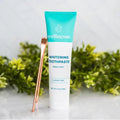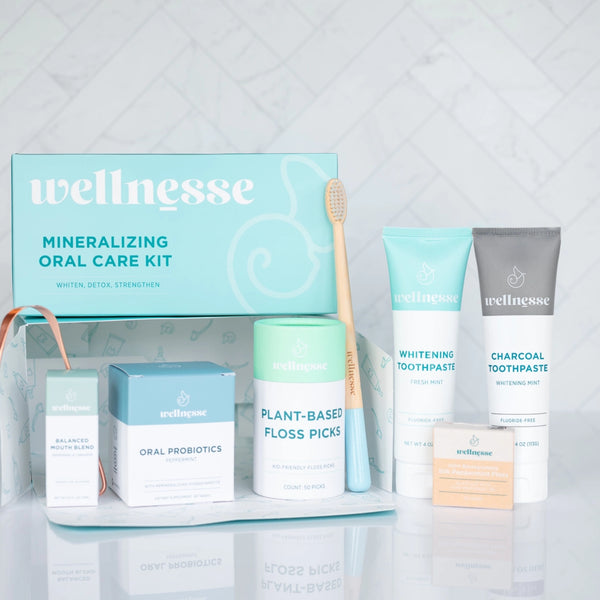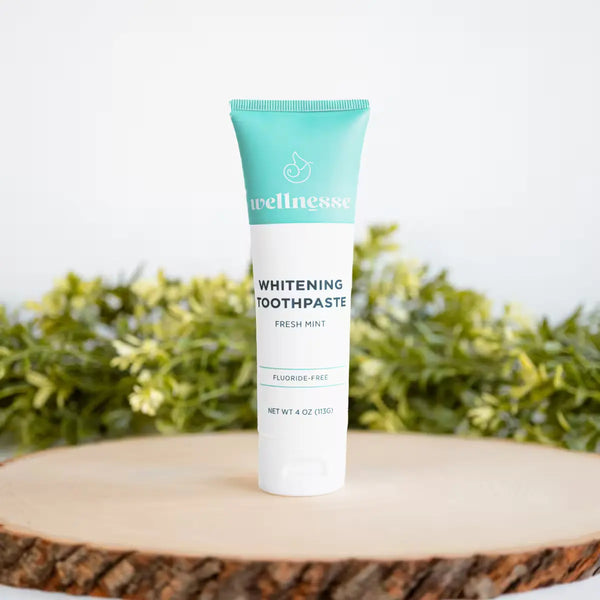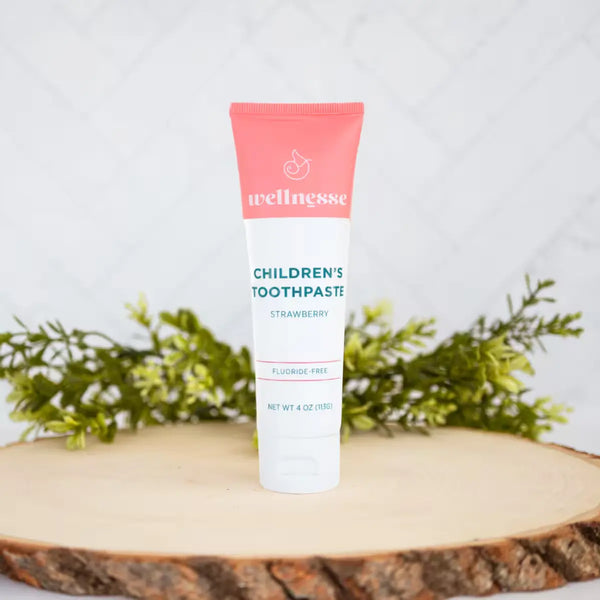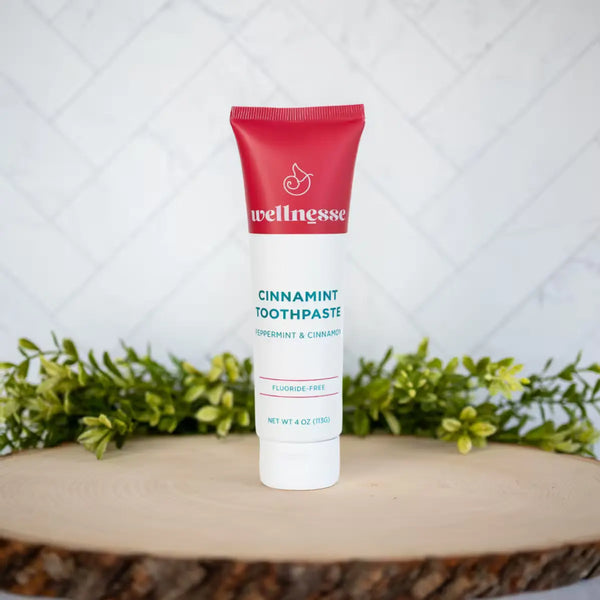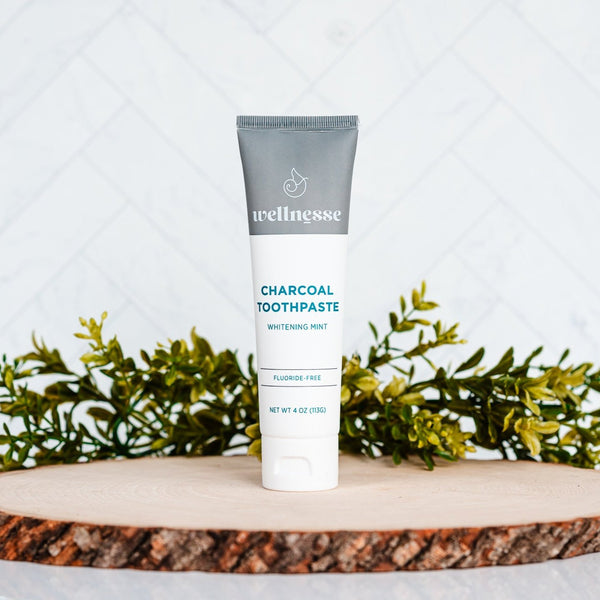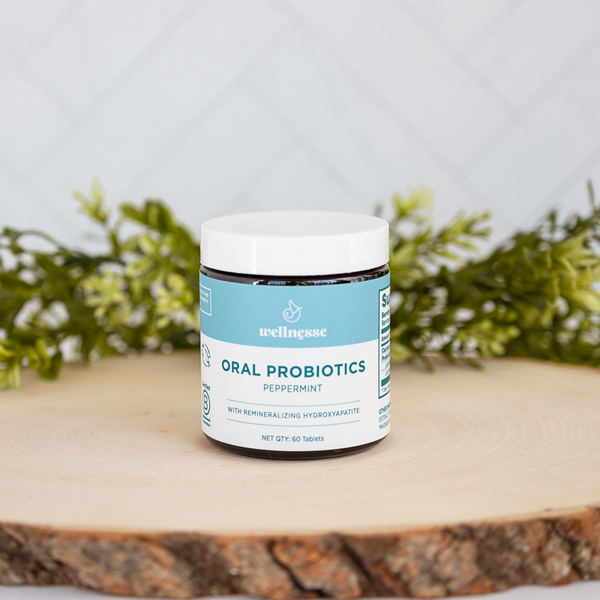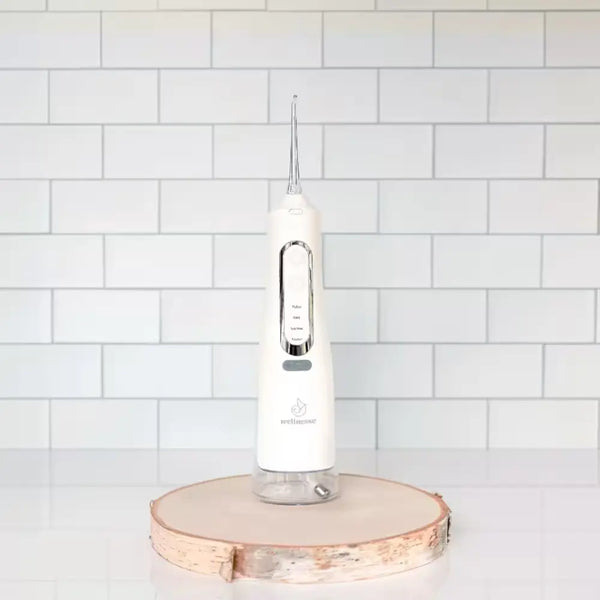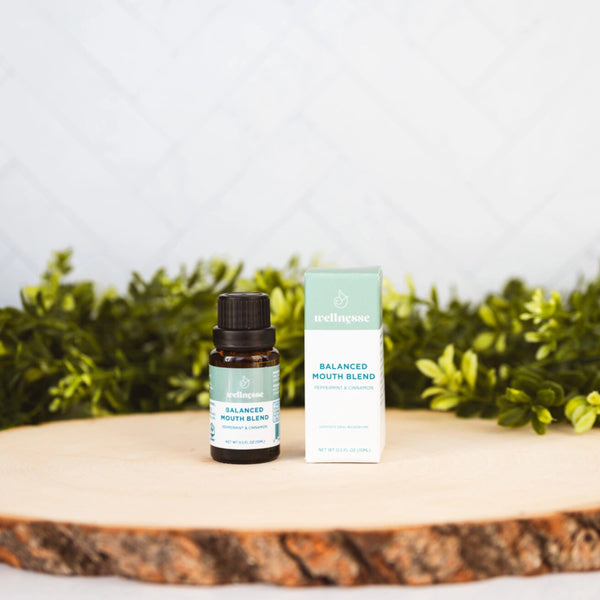Tooth decay is one of the most common dental issues worldwide, but did you know that early-stage decay can actually be reversed? The key lies in a natural process called tooth remineralization, which is essentially the body’s way of repairing enamel by depositing minerals back into it. This process can be thought of as a form of tooth enamel repair that counteracts the daily wear and tear from acids and bacteria. Oral care research has focused heavily on harnessing remineralization, leading to the development of specialized remineralizing toothpaste formulations. In this article, we’ll dive into the science of how remineralization works, what ingredients help it along, and how you can strengthen your teeth naturally.
The Battle: Demineralization vs. Remineralization
Every day, our teeth are engaged in a microscopic tug-of-war between losing minerals and regaining them. Demineralization is the process by which minerals like calcium and phosphate leach out of the tooth enamel due to acid attacks. When we consume sugary or starchy foods, bacteria in dental plaque produce acids that lower the pH in our mouth. If the acidity is severe enough, roughly below a pH of 5.5, the hard enamel begins to dissolve as minerals are pulled out. You might notice chalky white spots on teeth. These are early signs of mineral loss. If the acid attacks continue repeatedly without interruption, the enamel can continue to erode until a physical hole forms.
Remineralization, on the other hand, is the natural repair mechanism that can counteract this damage. When the mouth’s pH returns to neutral after an “acid attack,” the minerals in saliva and in sources like gum repair toothpaste can redeposit into those weakened areas. The tooth can fix enamel to some extent by reabsorbing calcium and phosphate and rebuilding the enamel crystal structure. This is a form of reverse tooth decay that happens in our mouths every day. However, it’s a slow, gradual process and has its limits. The balance between demineralization and remineralization is critical: if acids win out too often, a net mineral loss occurs, and a cavity can form. But if remineralization keeps pace or exceeds, early decay can be halted or reversed.

The Role of Saliva in Natural Enamel Repair
Our saliva is one of the unsung heroes of tooth enamel repair. It’s not just there to moisten our food. It actually plays a direct role in protecting teeth and facilitating remineralization. How does saliva help? First, it acts as a buffer. After we eat or drink something acidic, saliva helps neutralize the acid. This raises the pH back toward neutral, creating a friendlier environment for minerals to come back. Saliva is rich in the same minerals enamel needs: calcium and phosphate. These minerals are delivered to the tooth surface via saliva throughout the day. Cavity repair toothpaste ingredients are often designed to work in tandem with saliva. Compounds like calcium phosphates dissolve in saliva and increase the local supply of calcium/phosphate ions right where they’re needed.
Saliva also contains proteins and enzymes that aid remineralization. Some salivary proteins help maintain a protective pellicle on teeth and bind calcium, keeping it available for remineralization. Others have antibacterial properties, helping to control the bacteria that produce those harmful acids in the first place. Suppose you’ve ever experienced dry mouth (xerostomia) and your teeth can feel sticky or fuzzy. That’s because without enough saliva, acids aren’t cleared as effectively, and the remineralization process slows down.
People with chronic dry mouth often get more cavities for this reason. Keeping well-hydrated and possibly chewing sugar-free gum to stimulate saliva flow are simple ways to boost your saliva’s protective effects. Saliva continuously bathes your teeth in a mineral-rich solution and is constantly working to fix enamel on teeth after each acid exposure. It sets the stage upon which other players, like toothpaste ingredients, can perform their remineralizing magic.
The Traditional Remineralization Champion
In recent years, some people have reservations about fluoride, preferring to avoid it due to concerns about overexposure or a desire for more “natural” products. These concerns have driven interest in healthy toothpaste without fluoride. Fluorosis (mottling of enamel due to excessive fluoride) is a risk primarily during tooth development years, mainly from swallowing excessive fluoride, rather than from regular brushing.
Hydroxyapatite Toothpaste: A Fluoride-Free Alternative
One of the most exciting developments in recent years is nanohydroxyapatite toothpaste, a fluoride-free approach to remineralization that’s generating a lot of buzz. Hydroxyapatite is actually not a foreign chemical at all. It’s the very mineral that makes up the majority of our enamel and dentin. In nano form, these particles can integrate into the enamel surface, filling in microscopic cracks and weak spots with the same material your teeth are made of. Instead of relying on fluoride to chemically strengthen enamel, hydroxyapatite aims to repair and rebuild the enamel’s structure physically. This makes it a natural remineralizing toothpaste ingredient since it essentially mimics the biological makeup of teeth.
Nano-hydroxyapatite was first developed decades ago. It’s been used in Japan for a long time and is considered a gold standard there for cavity prevention. Only more recently has it caught on in the West as a viable alternative to fluoride. Does it work? Early research is very promising. In a 2019 study, a toothpaste containing 10% nano-hydroxyapatite was found to be just as effective as a low-dose (500 ppm) fluoride toothpaste in remineralizing initial cavities and preventing demineralization. This suggests that hydroxyapatite can truly compete with fluoride in terms of remineralization benefit.

Natural oral care brands have been quick to adopt it. Wellnesse offers a remineralizing paste that uses nano-hydroxyapatite as the active ingredient. By using a healthy toothpaste without fluoride that contains hydroxyapatite, you can still gain remineralizing and cavity-fighting benefits without fluoride. Many people seeking the best clean toothpaste are drawn to these formulas because they’re free of fluoride and often omit other controversial ingredients, such as SLS, artificial sweeteners, and dyes. Hydroxyapatite is biocompatible and safe if accidentally swallowed, making it appealing for families with young children or anyone sensitive about fluoride. Hydroxyapatite represents a natural enamel repair approach: rebuilding your teeth with the same mineral they’re made of. It’s an exciting field of study, and ongoing research will tell us more about just how close to fluoride it can get in terms of long-term cavity prevention.
Other Remineralizing Toothpaste Ingredients to Know
Many modern formulas combine multiple active components to cover all bases. Here are some key fluoride-free remineralizing toothpaste ingredients and how they contribute to stronger teeth:
- Calcium Phosphate Compounds: Calcium and phosphate sources are used to supplement these ions directly to the enamel. Examples include CPP-ACP (casein phosphopeptide–amorphous calcium phosphate, found in some professional pastes), calcium carbonate, or tricalcium phosphate. These ingredients provide a reservoir of calcium for teeth and phosphate that can be drawn into the enamel when needed.
- Xylitol: Xylitol is not a mineral, but this natural sugar alcohol is a powerful tool against tooth decay. Xylitol doesn’t directly add minerals; instead, it inhibits cavity-causing bacteria. Streptococcus mutans cannot effectively metabolize xylitol, which means consuming xylitol can reduce bacterial acid production. Less acid means less demineralization, giving your saliva and other ingredients a chance to remineralize. Xylitol also stimulates saliva flow. Some of the best toothpastes for healthy gums and teeth include xylitol to reduce plaque levels naturally.
- Arginine: Arginine is an amino acid that has gained attention for oral care. It can help raise the pH in plaque by encouraging certain “good” bacteria that produce ammonia (a base) from arginine. By making the oral environment less acidic, arginine-based compounds can indirectly promote remineralization.
- Baking Soda: Old-fashioned deep cleaning toothpaste often contains baking soda. Baking soda is mildly abrasive, helping polish away stains, but it’s also a basic compound that can neutralize acids. Using a baking soda toothpaste can quickly raise mouth pH after eating, which protects against enamel erosion. By preventing prolonged acidity, it indirectly aids remineralization. Some natural toothpaste recipes include baking soda for this reason. Just remember, abrasive agents should be balanced so as not to scrub enamel too harshly.
- Natural Extracts and Others: A variety of herbal or natural extracts are touted in “natural” toothpastes for oral health benefits. For instance, green tea extract might help reduce bacteria and strengthen enamel; licorice root extract has been studied for anti-cavity properties; and calcium lactate might help enhance uptake into enamel. While these are more supplementary, they reflect a trend. The best toothpaste for healthy gums products often marry the best of science with natural antibacterial or health-promoting substances to cover all aspects of oral health.
The remineralizing toothpaste for cavities that you choose should ideally address both sides of the equation: boosting remineralization and reducing demineralization. With this one-two punch, your toothpaste becomes a powerful ally in keeping your teeth intact.
Tips for Enhancing Remineralization
Understanding the science is empowering, but how do you put it into practice in daily life? Here are some practical tips to get the most out of your teeth’s natural repair mechanisms and ensure you’re doing everything possible to keep your enamel healthy:
- Brush Regularly with a Remineralizing Toothpaste: Consistency is key. Brush at least twice a day with a hydroxyapatite toothpaste. Make sure to cover all surfaces and along the gumline. Don’t rinse immediately after brushing; spit out the excess, but leave a residue of the toothpaste on your teeth for a bit, as this can prolong the exposure of enamel to those beneficial minerals. Over time, this habit greatly aids tooth enamel repair. Also, remember to change your toothbrush every 3-4 months for effective cleaning.
- Mind Your Diet: What you eat profoundly affects the demineralization-remineralization balance. Frequent snacking on sugary candies, sipping sweet drinks, or acidic sodas throughout the day means your poor enamel is under acid assault often. Try to limit how often you consume sugary or acidic foods/drinks. When you do have them, consume them with a meal or in one go rather than sipping or nibbling all day. Afterwards, drink water to wash away sugars and neutralize acid. A diet rich in minerals and vitamins supports strong teeth. Crunchy fruits and veggies can also help by stimulating saliva flow and mechanically cleansing teeth. If you enjoy things like lemon water or soda, use a straw to minimize contact with teeth and don’t brush immediately after. Adopting these habits creates a more favorable environment for natural remineralizing toothpaste and your saliva to do their job.
- Use Adjuncts: Mouthwash or Gum. For those avoiding fluoride, there are mouth rinses containing calcium phosphates or xylitol, which can also help. Sugar-free chewing gum is a great trick after meals when you can’t brush. Chewing gum stimulates saliva production, and xylitol in the gum will inhibit bacteria. It’s like giving your teeth a protective bath of minerals between meals. Some gums are even explicitly marketed for tooth health. Using these tools can tip the balance towards remineralization throughout your day.
- Regular Dental Check-ups: Make your dentist or hygienist part of your prevention team. Professional cleanings remove tartar and plaque that you can’t remove at home, which lowers the bacterial load in your mouth. Early detection of demineralized spots can save you from needing a filling. Think of your dental visits as tune-ups for your preventive strategy.
By following these tips and making informed choices, you can create an oral environment that strongly favors healing and hardening of your enamel. As you discover what works for you, you’ll be well on your way to a stronger, healthier smile.

Tooth remineralization might sound technical, but it boils down to a simple concept: give back to your teeth, and they will give back to you in the form of years of strong service. With the science on our side, we can all aim to keep our natural teeth in great shape for life. Here’s to stronger enamel and brighter smiles through science and a bit of daily effort.
Sources
-
todaysrdh.com Tooth Remineralization Agents: An Evidence-Based Review to Make Informed Patient Recommendations – Today’s RDH. (Explanation of how low pH causes enamel demineralization and leads to caries.)
-
nidcr.nih.gov The Tooth Decay Process: How to Reverse It and Avoid a Cavity – NIDCR (National Institute of Dental and Craniofacial Research). (Fluoride can prevent and even reverse early tooth decay.)
-
nature.com Comparative efficacy of a hydroxyapatite and a fluoride toothpaste for prevention and remineralization of dental caries in children – BDJ Open (Nature journal). (Study finding: 10% nano-hydroxyapatite toothpaste is comparable to 500 ppm fluoride in remineralizing initial caries.)
-
mayoclinic.org Cavities and tooth decay – Treatment – Mayo Clinic. (Fluoride treatments can sometimes reverse a very early cavity, but more advanced decay requires fillings.)
